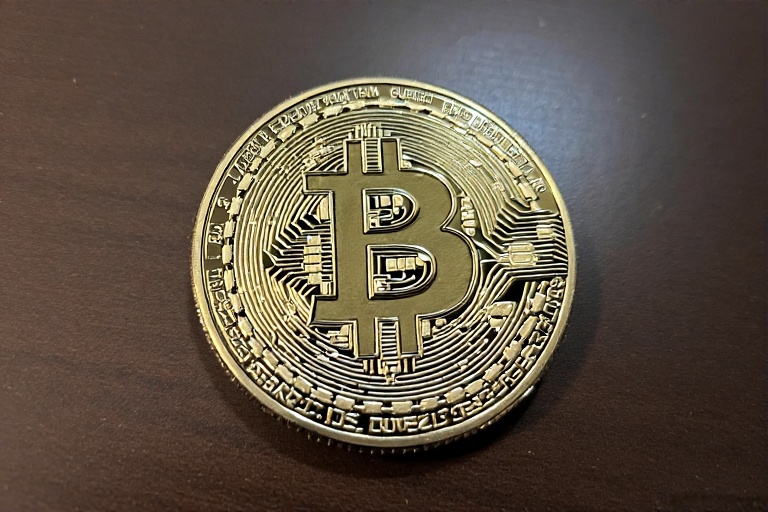Shiba Inu was created in August 2020 by the anonymous developer known as Ryoshi and is a meme coin inspired by the meme coin Dogecoin and the Shiba Inu dog breed. With a market cap of $ 15.2B as of July 18, 2025, and a trading price of $ 0.0000257, SHIB is one of the most popular cryptocurrencies that thrives due to its community fanatics and speculative bubble. Half of its initial quadrillion-token supply was burned, but the remaining 589 trillion tokens ensure that prices are affordable to retail investors looking to take high-risk, high-reward bets.
Shiba Inu has become more than a meme. Layer-2 scaling, which is Shibarium, increases the rate of transactions and lowers the cost of transaction,s making SHIB a challenger in the decentralized finance world. Additional functionalities, such as a staking mechanism, NFT marketplaces, or a feature – ShibaSwap, a decentralized exchange, provide utility, but acceptance is yet to be as high as utilizing an already established network, i.e., Ethereum or Solana. In 2021, SHIB increased by 300% due to social media hype and the support of celebrities such as Elon Musk, but it has recorded a decrease of 28% since the beginning of 2025. Analysts estimate it could reach as much as $0.0000743 by the end of the year, a 189 percent increase. However, its huge supply makes ambitious targets of $5, a 19,455,252 percent increase, mathematically outlandish unless massive amounts of tokens are burned.
What is interesting about SHIB is its transactional community movement and its speculative possibilities. The mood on X is eager, and some traders are willing to gamble on temporary blips caused by market perception or the appetites of celebrities. Fortunately, its inherent uselessness and the presence of hyperbolic marketing render it a rather unstable speculation, which is more appropriate for the portfolio of speculators who are willing to risk heavily than for a sound, long-term investor in search of stability.
The Argument of XRP
The stark contrast to the speculative value of SHIB is XRP, or the native token of the XRP Ledger, which Ripple Labs operates. Launched in 2012, XRP became a low-cost way of cross-border payments with almost instant transfers compared to other conventional structures, such as the SWIFT system. XRP is trading at 2.13 with a market value of 125 billion. As of July 18, 2025, it has risen by 347 percent in the last year, driven by regulatory clarity and institutionalization. It has a maximum supply of 100 billion tokens, and currently, 58.76 billion tokens are in circulation, with 1 billion released to the market every month, as controlled by the escrow system of Ripple, a measure designed to maintain liquidity while balancing the market’s need for stability against the stimulation of inflation.
The Ripple ecosystem is solid as it has partners such as Travelex Bank, Tranglo, and SendBe, and recently made a $1.2 billion acquisition of a prime broker, Hidden Road, that clears 3 trillion trades a year. These steps enhance the position of XRP in international finance, and RippleNet has already managed to exchange amounts of money of $70 billion in such jurisdictions as Dubai and Brazil. In May 2025, the SEC settlement, which reduced Ripple Inc.’s fine to $50 million and demonstrated that XRP on exchanges was not a security, alleviated a key overhang, thereby increasing investor confidence. Waiting for ETF approvals, scheduled before the end of 2025, may also have a spillover effect, and the estimates show that even by Q1 2026, XRP might jump to $5-7, or by 135-229 percent.
The advantage of XRP is that it is a useful and well-supported cryptocurrency. Its compatibility with Ethereum-based smart contracts, along with support for a stablecoin, makes it scalable, an aspect that bankers and fintechs are likely to appreciate. Although it is criticized in terms of its centralization, what makes XRP fundamental to those investors willing to privilege fundamentals over speculation is its attention to regulation and practical utility applications.
Investment Prospection Comparison
Shiba Inu and XRP are two ambiguous cryptocurrencies that depend on risk attitudes and the durability of investments. SHIB has explosive potential, yet it does not have a clear path of sustained growth. Its current market cap of $ 15.2 billion would have to expand to $ 680 billion to reach $ 5, equivalent to an insane company like Visa, which is impossible unless people use it more than ever before, or burn it. The history has demonstrated that the highest point SHIB reached in 2021 was hyped, rather than beneficial, and its 28 percent fall in 2025 highlights its instability. The unpredictability of SHIB is evident, as an investment made in it a year ago ($3,000) would currently be valued at $2,382, resulting in a 20.6% loss.
XRP, on the other hand, has a compelling case to present to long-term investors. In July 2024, the $0.474 price of XRP would have received an investment of $3,000, which would have eventually been worth an increase of 463% or $ 2,199. Its reduced supply and institutional demand thus primes higher prices as it will need only a $294 billion market cap, or 135 percent of its current valuation of $125 billion, to reach the hypothetical $5. The transaction fees for XRP are a fraction of a penny, and the settlement time is a couple of seconds, compared to SHIB, which utilizes the more expensive Ethereum infrastructure, even with the improvements of Shibarium.
The Verdict
Investors who are interested in the stability of their investments and their real-life applications find XRP a better option. Its regulatory transparency, institutional acceptance, and technologically new level specified a clear path of growth, and a balance between XRP certainty and SHIB speculative excess, which AI models recommend among them, ChatGPT and Gemini (70/30) investing balance to increase value should be followed. The community and meme-based pump-and-dump schemes of SHIB are attractive to risk-seeking traders; however, their drawbacks in the long-term perspective include the absence of substance and a practically limitless supply. Although SHIB might give you some rewards in the short run during a bull market, the fact that XRP is grounded in the world of finance is the surer bet in the long run, both in 2025 and beyond.












 Bitcoin
Bitcoin  Ethereum
Ethereum  Tether
Tether  XRP
XRP  USDC
USDC  Lido Staked Ether
Lido Staked Ether  TRON
TRON  Cardano
Cardano  Avalanche
Avalanche  Toncoin
Toncoin  Solana
Solana